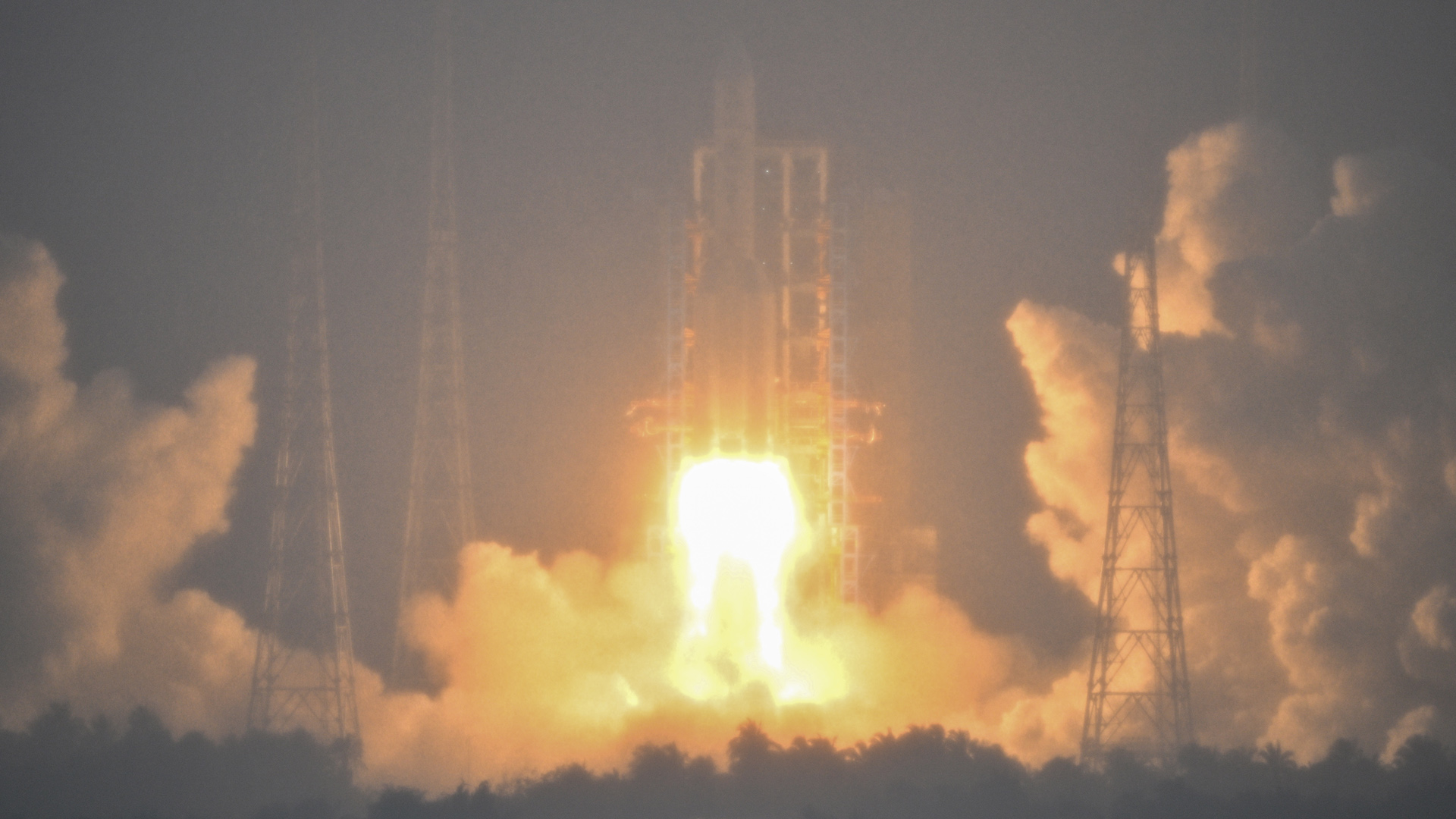Polymers, Vol. 16, Pages 1062: Mechanical, Thermal, and Physicochemical Properties of Filaments of Poly (Lactic Acid), Polyhydroxyalkanoates and Their Blend for Additive Manufacturing
Polymers doi: 10.3390/polym16081062
Authors: L. Itzkuautli Mondragón-Herrera R. F. Vargas-Coronado H. Carrillo-Escalante J. V. Cauich-Rodríguez F. Hernández-Sánchez C. Velasco-Santos F. Avilés
Polymeric blends are employed in the production of filaments for additive manufacturing to balance mechanical and processability properties. The mechanical and thermal properties of polymeric filaments made of poly (lactic acid) (PLA), polyhydroxyalkanoates (PHA), and its blend (PLA–PHA) are investigated herein and correlated to their measured structural and physicochemical properties. PLA exhibits the highest stiffness and tensile strength, but lower toughness. The mechanical properties of the PLA–PHA blend were similar to those of PLA, but with a significantly higher toughness. Despite the lower mechanical properties of neat PHA, incorporating a small amount (12 wt.%) of PHA into PLA significantly enhances toughness (approximately 50%) compared to pure PLA. The synergistic effect is attributed to the spherulitic morphology of blended PHA in PLA, promoting interactions between the amorphous regions of both polymers. Thermal stability is notably improved in the PLA–PHA blend, as determined by thermogravimetric analysis. The blend also exhibits lower cold crystallization and glass transition temperatures as compared to PLA, which is beneficial for additive manufacturing. Following additive manufacturing, X-ray photoelectron spectroscopic showed that the three filaments present an increase in C–C and C=O bonds associated with the loss of C–O bonds. The thermal process induces a slight increase in crystallinity in PHA due to chain reorganization. The study provides insights into the thermal and structural changes occurring during the melting process of additive manufacturing.

 3 weeks ago
18
3 weeks ago
18


